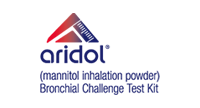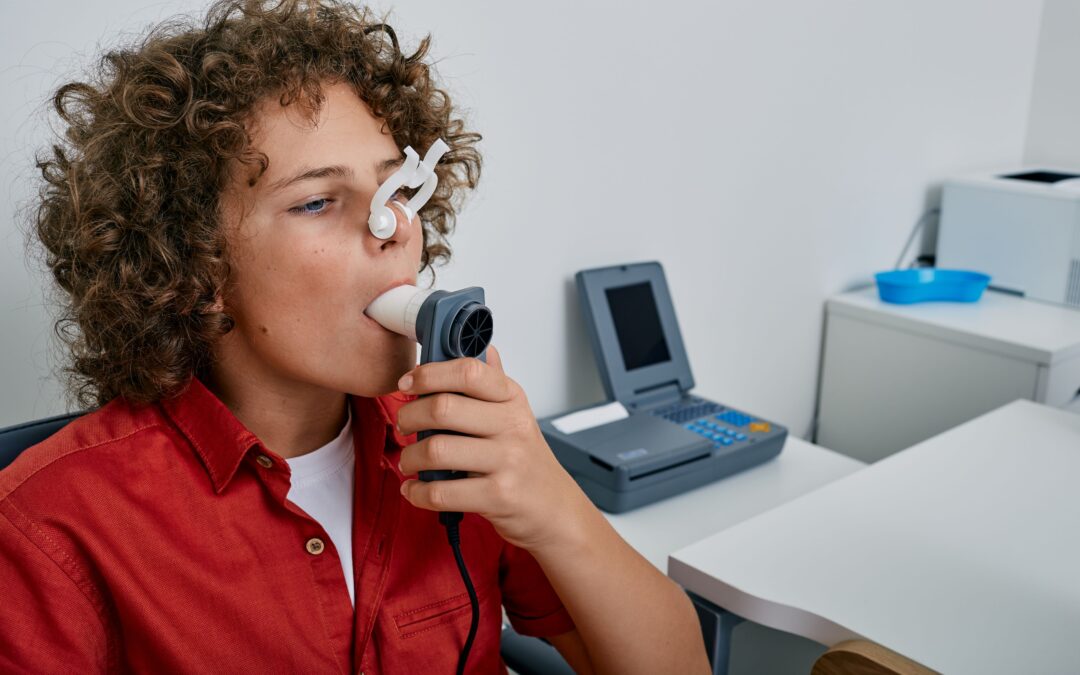Asthma Peak Week

Summer is rapidly coming to a close. Children, and parents, are preparing to return to school. There is the excitement of shoe shopping, buying supplies, learning who their teacher will be, getting their class schedule and new books. As school resumes and the season changes from summer to autumn, we also approach asthma “peak week.” A variety of contributors create a perfect storm of triggers as we approach the third week of September, which has been labeled “peak week.” It is high ragweed season, a common trigger for many living with asthma. Mold count increases as the leaves fall from the trees, another common trigger. We also have the return to school, meaning. children are close together for extended periods of time during the school day. This increases their exposure to various viruses, such as rhinovirus. Viral infections account for 80% of asthma exacerbations in children and 50 % in adults. Did you know 25% of pediatric hospitalizations for asthma occur in September? It is important for people living with asthma and their families/caregivers to be aware of this occurrence so they can be vigilant in keeping themselves and their loved ones healthy. There are several recommendations to protect oneself during asthma peak week. Many of the suggestions should be followed year-round. Practicing good habits regularly makes them routines! The following are tips to incorporate to help stay healthy:
- Wash/sanitize hands often.
- Follow your asthma action plan.
- Cover your nose and mouth when coughing or sneezing.
- Monitor new symptoms and pay close attention to worsening symptoms, use a peak flow meter if available.
- If someone is sick, they need to stay home!
- Understand how to use asthma medications and use them as prescribed, even when symptom-free if indicated.
- Track environmental triggers and minimize exposure to them.
- Keep medication refills current.
- Have asthma medication at school.
- Stay current on appropriate vaccinations.
Asthma is a challenging disease because the severity, triggers, and symptoms can change in the same patient over time. Respiratory Therapists have a unique opportunity to educate asthma patients and their families on asthma control. It is imperative to teach them how to recognize and respond when asthma symptoms are out of control. The Global Initiative for Asthma (GINA) assessment of asthma symptom control asks the questions:
- Daytime asthma symptoms more than twice a week
- Any night waking due to asthma
- SABA reliever for symptoms more than twice a week
- Any activity limitation due to asthma
Each point is evaluated as yes or no. We identify a patient who has none of these as well-controlled, 1-2 of these are partially controlled, and a patient with 3-4 of these are uncontrolled. When a patient has uncontrolled symptoms, they are at risk of an asthma exacerbation.
People get sick even with increased awareness and vigilance to triggers and symptoms. Communication with their physician regarding their current state of health is important. The physician may prescribe a new treatment plan based on the information provided. Staying home, resting, staying well hydrated and nourished, along with following their physician’s recommendations, are factors which can help the person avoid getting worse.
Asthma is the most common chronic childhood disease. Children with asthma miss more school days than children without. Asthma is the number one reason for missed school days. On average, in the USA, asthma accounts for more than 13 million missed school days annually. Absenteeism is linked to lower academic performance. Children with more daily symptoms miss more school, have more missing assignments and lower quality of work when compared to children with well-controlled asthma. Poor asthma control has been shown to be an indicator of poor performance in school. Urban minority children may be at heightened risk.
When we talk about the health care team, we must include the school personnel teachers, school nurses, and administration are all integral in the care of asthma patients. School staff can be educated on triggers and symptoms so they can help identify when a student may be struggling. Ideally, on-going communication between teachers and the school nurse would be optimal. Then the nurse can communicate with caregivers and the physician if indicated. There are barriers to this, not surprisingly. Often there is only one nurse for hundreds of students, and they may oversee more than one school. Difficulty in obtaining an asthma action plan and rescue inhalers may limit management at school. These are not insurmountable challenges and addressing them will not only benefit the students but also their families.
Asthma awareness is a group effort. Understanding the nuances of this chronic disease, such as recognizing “peak week” and paying close attention to patients living with asthma during times of increased risk, may help to decrease exacerbations and keep students in school, learning and thriving.
Resources:
https://www.nationaljewish.org/
https://www.annallergy.org/article/S1081-1206(19)30146-2/fulltext
https://doi.org/10.1016/j.anai.2019.02.030
Author: Heather Murgatroyd, BA, RRT, CPFT
Senior Clinical Specialist








